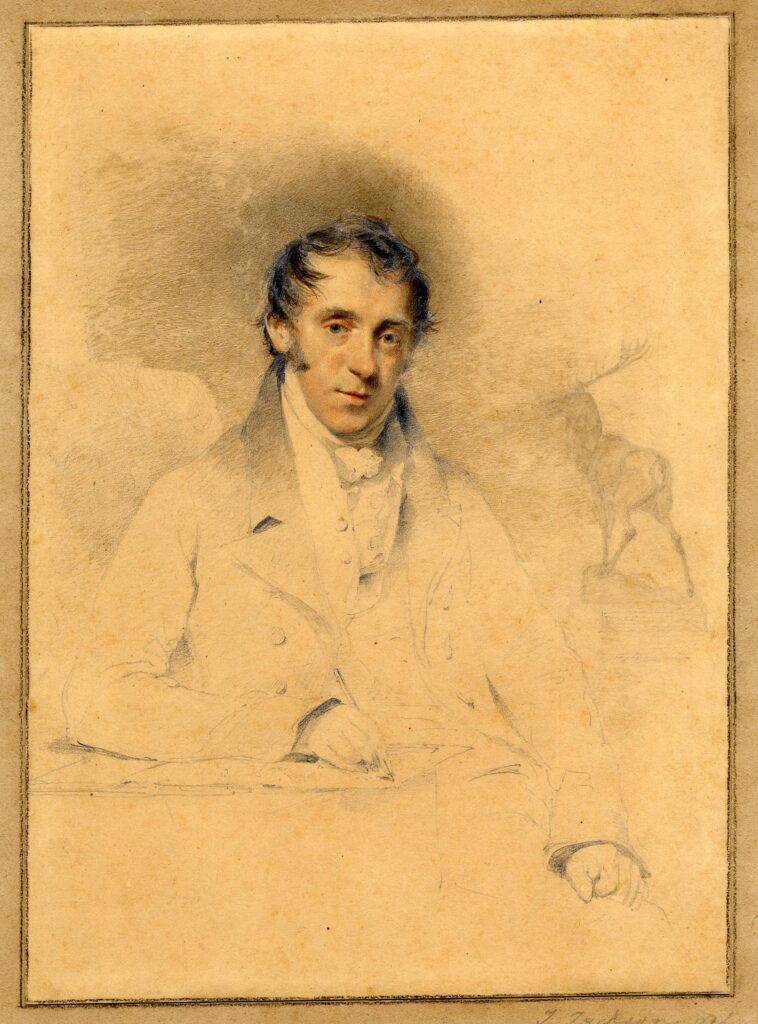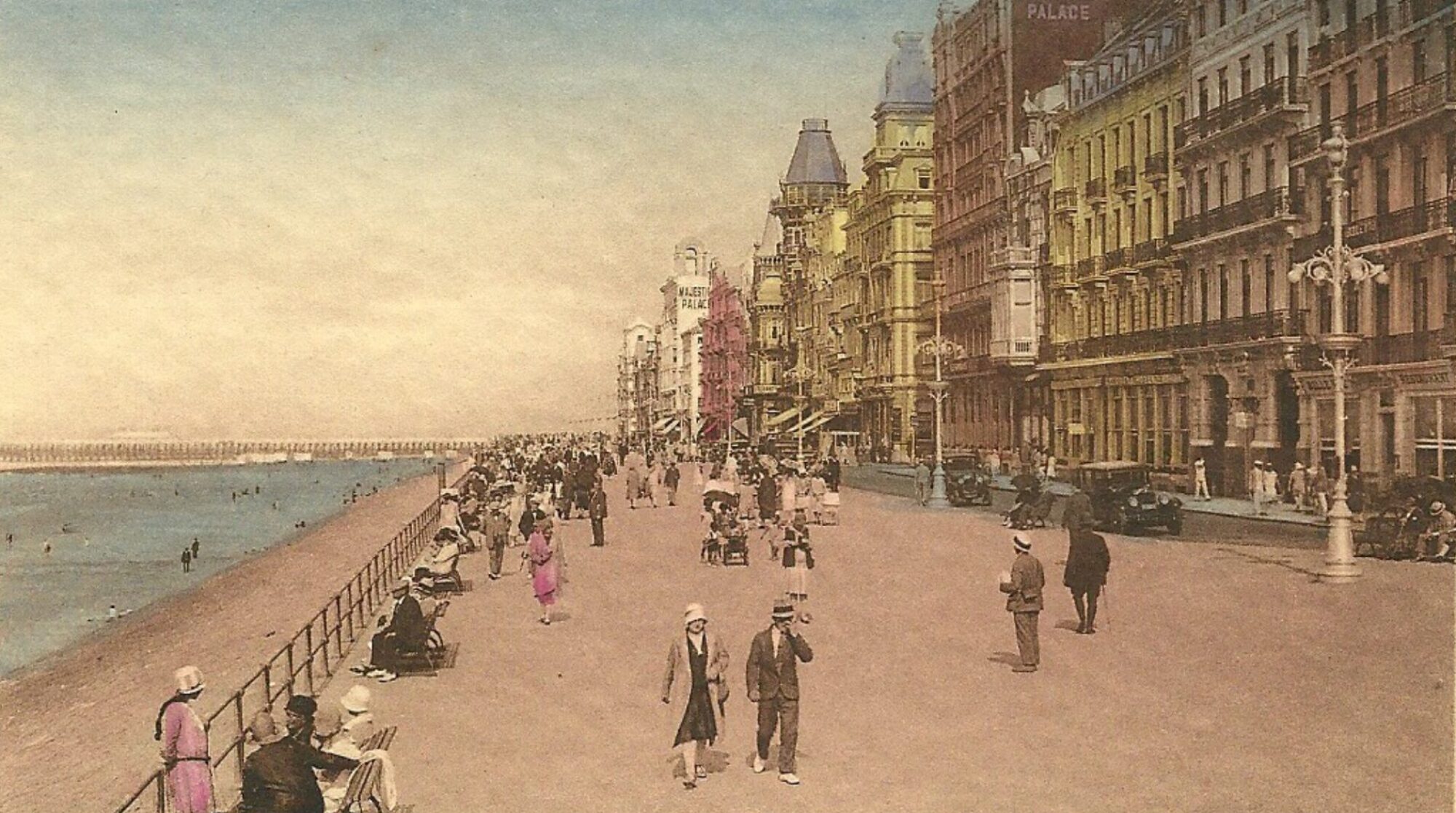
Meet Robert Hills (1769-1844), artist, etcher and writer, who sailed from England to Ostend on Saturday 15 July 1815. The history of the city is synonymous with journeys and voyages: for some it was the starting point for a great adventure, for others the end of the road. Both gateway and terminus, but also a beloved holiday destination, Ostend has been immortalised in print by countless artists and writers. What did Hiils think of the city he docked in over 2OO years ago? Read the account of his voyage and arrival below.
We were in sight of this port at an early hour on Sunday morning: thus you perceive that our passage, though rough, was a short one. The incidents of dawning day were interesting; we passed amidst several large transport filled with wounded men from Waterloo, and saw numerous flights of wild foul, all bound, apparently, like the ships, for Old England. On our left, lines of batteries were pointed out, which had been constructed by order of Buonaparte, so extensive that ten thousand men would have been requisite for their defence, and on our right, we had a view of the church and the town of Nieuport.

The harbour, which was crowded with English transports, and other shipping, has depth enough to admit vessels of considerable tonnage, and may be navigated without difficulty, because the track is indicated by a pier of open timber work that stretches in a bended line to nearly a mile’s length in the sea, but the shoals of sand that lie about its approaches in every direction render it of dangerous access without an experienced pilot.
As we approached the Quay our arrival was greeted by scores of miserably looking vagabonds, who were scuffling and quarrelling with each other for front places, and the harvest resulting from their obtruded services on those who had portmanteaus and other baggage; we omitted to show them our passports, which required all persons lasisser passer sans aucun empechement, and, upon landing, the violence of these people increased to a degree that hardly left us the liberty of choosing our porters. It is a pity that the police here, so rigidly exactive of obedience to regulations in other matters, does not protect strangers from this nuisance: a gentleman who arrived in the packet preceding ours was robbed of his portmanteau; it was torn from him amidst such a scene of confusion as that just described, and the fellow who seized it contrived to whisk it through the crowd so quickly that the owner lost sight of him.
Happy at length at a clearance from these troubles we were accosted by Douaniers, whose badges of office were large, cocked hats, with orange cockades and swords; they inspected our trunks with great civility, and directed us to leave our passports for examination at a large house in the rue du Quai, where, atter some trifling delay, owing to the absence of the officer, they were indorsed with a permission to proceed to Brussels.
To be continued….
Biography:
Robert Hills (26 June 1769 – 14 May 1844) was an English painter and etcher.
Hills was born in Islington. He initially studied under John Alexander Gresse, then enrolled at the Royal Academy of Arts in 1788. He primarily painted rural scenes, particularly farm animals. A number of his renderings can now be found at the British Museum.
Hills was known to draw animals in works of other artists, such as George Barret, Jr. and George Fennell Robson. He published Sketches in Flanders and Holland Sketches in Flanders and Holland; with some account of a tour through parts of those countries, shortly after the battle of Waterloo (1816), with his own aquatints. It was keenly studied by J.M.W. Turner whose first visit of five visits dates from 1817.
